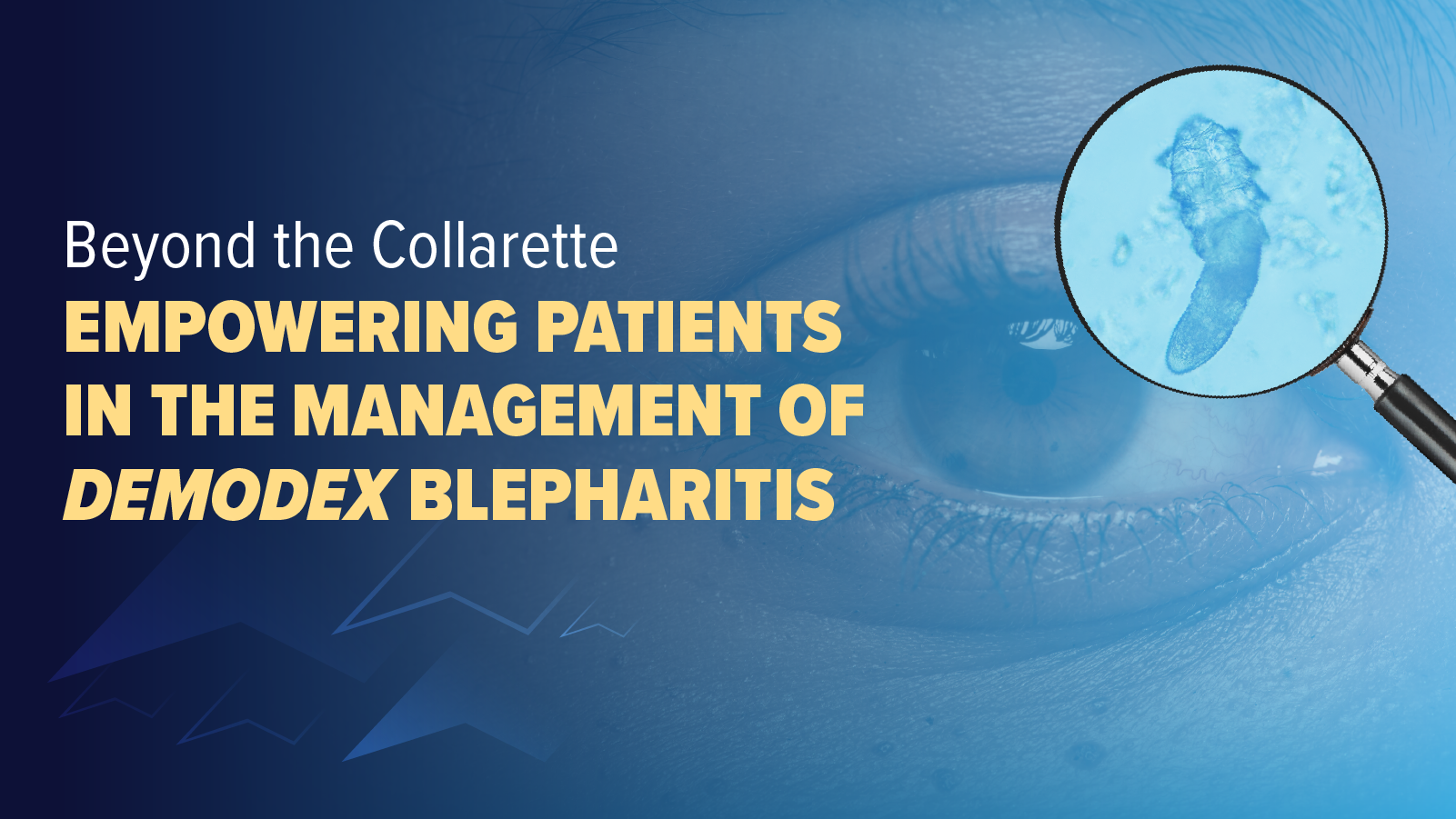
Real-World Case Examples: The Impact of Epinephrine Nasal Spray
A panelist discusses how real-world cases demonstrate both the effectiveness of epinephrine when properly administered and the importance of ensuring patients actually carry their medication, through the stories of a college student with cashew allergy and a child undergoing a peanut challenge.
Episodes in this series

Video content above is prompted by the following:
Dixit presents 2 case studies illustrating real-world anaphylaxis management challenges. The first involves John, a 19-year-old college freshman with cashew allergy who experienced anaphylaxis after accidentally consuming cashew-contaminated Chinese food. Despite owning an EpiPen and understanding anaphylaxis, John couldn’t locate his device during the emergency. With help from his resident adviser, who had a personal autoinjector, John eventually received epinephrine and improved within 5 to 10 minutes, though his reaction had progressed to full-body hives and worsening swelling due to treatment delay.
The case highlights several critical issues: John brought his EpiPen to college but stored it inconveniently under his bed rather than carrying it due to the device’s bulkiness and his concerns about temperature exposure. His reaction progressed from localized symptoms to systemic involvement during the 5 to 8 minutes spent searching for epinephrine. Dixit emphasizes that while epinephrine worked effectively, the case demonstrates how carrying challenges can prevent timely access during emergencies.
The second case involves Nick, a 12-year-old with peanut allergy undergoing an oral food challenge to assess possible outgrowth. After 2.5 hours and approximately 5 g of peanut protein, Nick developed anaphylaxis with multiple systems involved (respiratory, cutaneous, gastrointestinal). He received Neffy in the clinic and experienced rapid improvement with minimal adverse effects (mild localized nasal vasoconstriction). Dixit notes this real case reinforces Neffy’s effectiveness, even in clinic settings where inflamed nasal mucosa might theoretically interfere with absorption.
Newsletter
Enhance your clinical practice with the Patient Care newsletter, offering the latest evidence-based guidelines, diagnostic insights, and treatment strategies for primary care physicians.














































































































































































































































































